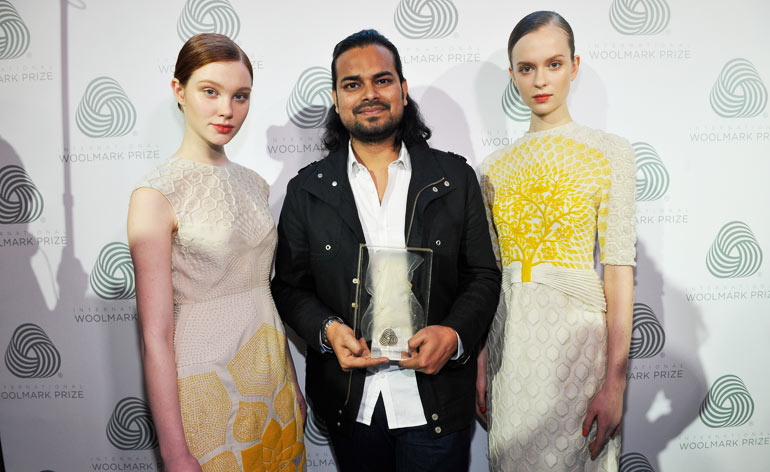
The Woolmark Prize, which was awarded to then-unknown fashion neophytes Karl Lagerfeld and Yves Saint Laurent in its 1954 debut, has a knack for thrusting youthful talent onto a global stage. Celebrating its 60th birthday, the 2014 edition of the prize came to culmination in Milan’s Triennale Museum during Milan Fashion Week, where five fashion finalists duked it out with wool yarns on the runway.
Following a global talent search combing twenty countries, the five regional finalists were New York-based Altuzarra, Hong Kong-based label Ffixxed, Australian designer Christopher Esber, London-based label Sibling, and Indian designer Rahul Mishra. Joseph Altuzarra, one of the top designers showing in New York Fashion Week, seemed tipped as the front-runner with his spot-on collection of cool degrade wool techniques on modern silhouettes.
But the jury, composed of members including Vogue Italia editor-in-chief Franca Sozzani, Style.com editor-at-large Tim Blanks, British Vogue contributing editor Alexa Chung, and Gucci creative director Frida Giannini, surprised the audience by awarding the coveted $100,000 prize to the competition’s dark horse, Rahul Mishra.
Mishra's collection, shown on the runway along with those of the other finalists, was a study in wool's infinite possibilities. Ornate decoration, made to look like beading, threaded embroideries and silk jacquards were crafted entirely from sheep's wool, while Mishra's eye-cracking patterns exploded over the body like broken mosaics.
We spoke to Woolmark CEO Stuart McCullough to get his take on the venerable 60-year-old prize and what it means for designers like Mishra today…
W: Is the Woolmark prize the oldest award in fashion?
Stuart McCullough: It is our understanding that the International Wool Secretariat Award was the oldest fashion design competition. It was essentially a sketch competition [in 1954] with the finalists creating the outfits, similar to the format of the International Woolmark Prize.
Why does Woolmark carry on the initiative of a fashion design award today and what are your objectives?
The idea was great in the 1950s and it's still great today. It allows us to connect with the industry at all levels, but most importantly we have a commercial outcome. The retail partners around the world (Harvey Nichols, Saks Fifth Avenue, 10 Corso Como, Joyce, David Jones, Colette and Mytheresa.com) have committed to stocking the winning collection; this is a prize more valuable than cash.
Can the designers only use wool on the runway?
The entire collection must be a minimum of 80% merino wool.
Does Woolmark provide the actual fabric for them to work with?
The Woolmark Company provides inspiration and direction to the designers to help them source the most beautiful and unique wool products from around the world.
What criterion did the judges base their opinions on?
Collection, product development, fabric development and presentation.
Why was Milan selected as the final awards and show location?
Milan was chosen for obvious reasons, being one of the most important centres for fashion globally, also due to the close affiliation between the Australian wool industry and the Italian manufacturers.
There are currently many awards given out to young fashion talents. How does the Woolmark Prize differ in terms of how it benefits designers?
It is such a competitive industry so providing the opportunity to be merchandised within the top boutiques around the world is invaluable to a growing business
What do designers love most about working with wool?
The drape and its ability to mold to the body. It has always been the fibre of choice for men's luxury suiting, and now is becoming the fibre of choice for luxury women’s wear designers around the world.
What is the one thing most consumers don’t know about wool?
The trans-seasonality of the fibre. The fibre is now so fine that the lightweight jerseys and fine gauze wovens are perfect for warmer climates and it's durability and non-creasing qualities provide multiple benefits to the wearer.
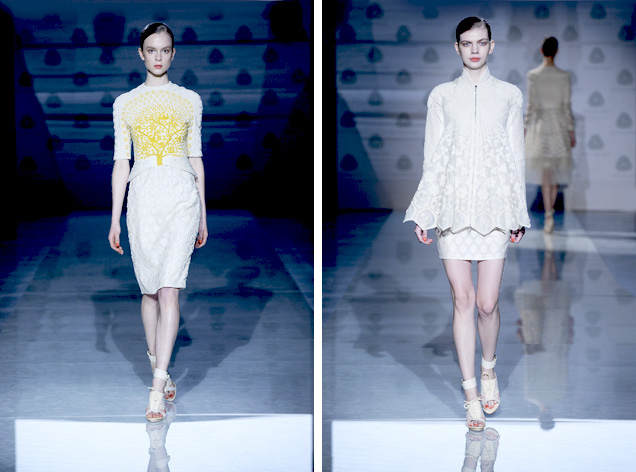
Celebrating its 60th birthday, the latest edition of the award came to culmination during Milan Fashion Week where the five fashion finalists duked it out with Mishra's winning wool looks (pictured) taking the coveted $100,000 prize
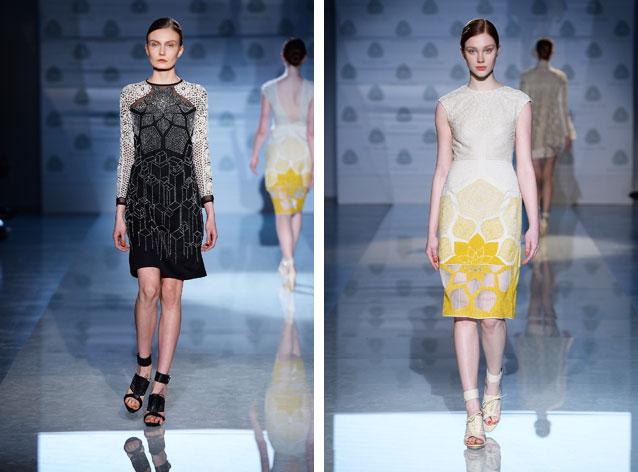
Mishra's collection was a study in wool's infinite possibilities. Ornate decoration, made to look like beading, threaded embroideries and silk jacquards were crafted entirely from sheep's wool, while the designer's eye-cracking patterns exploded over the body like broken mosaics
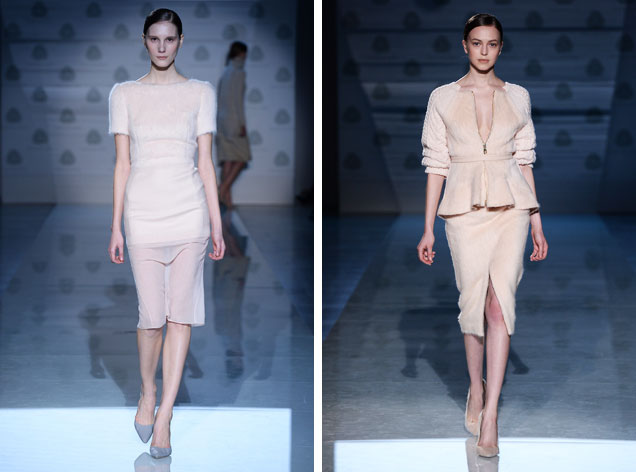
The shortlisted designs of the other finalists also took to the runway, including those of New York-based label Altuzarra

A New York Fashion Week highlight, designer Joseph Altuzarra seemed tipped as the front-runner with his spot-on collection of cool degrade wool techniques on modern silhouettes

Australian designer Christopher Esber's monochromatic offering
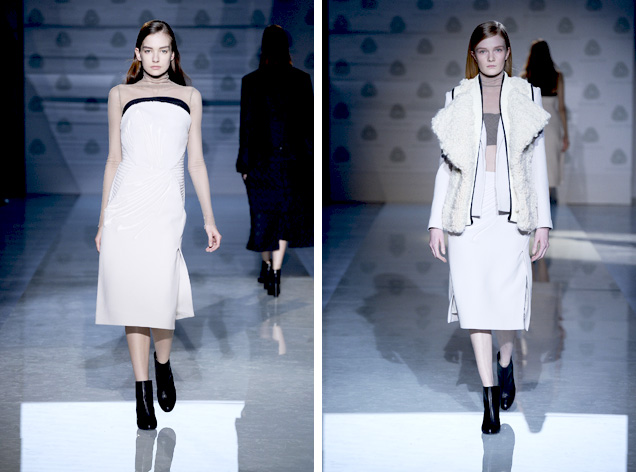
More from Esber's Woolmark presentation. To be eligible for the prize, a minimum of 80% of a designer's collection must be made from merino wool

Adding strong colour and crochet to the competition was London-based finalist Sibling
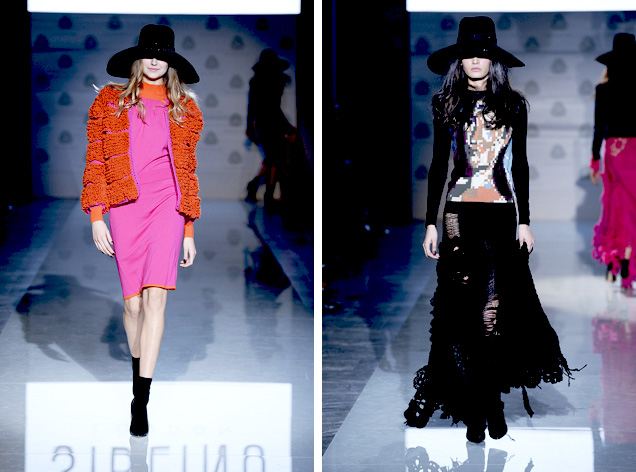
More textural looks from Sibling; the brand comprises designers Joe Bates, Sid Bryan and Cozette McCreery
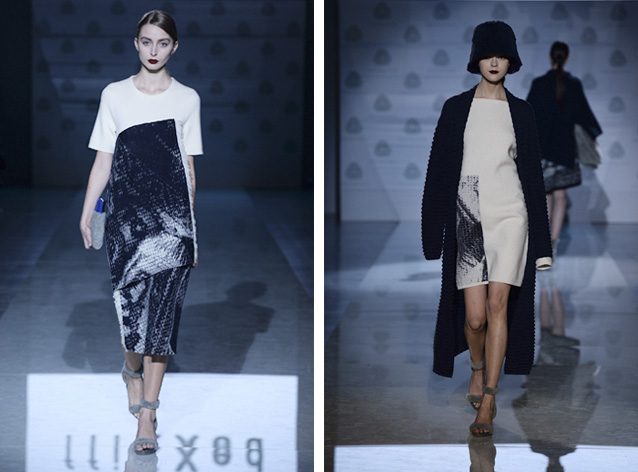
Hong Kong-based label Ffixxed, helmed by Kain Picken and Fiona Lau, presented a collection based around pixelated prints
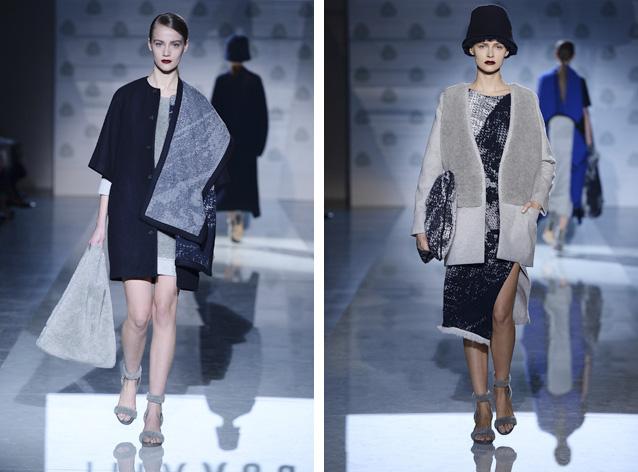
The design duo rounded out the fierce competition
Receive our daily digest of inspiration, escapism and design stories from around the world direct to your inbox.
JJ Martin
-
 Explore the work of Jean Prouvé, a rebel advocating architecture for the people
Explore the work of Jean Prouvé, a rebel advocating architecture for the peopleFrench architect Jean Prouvé was an important modernist proponent for prefabrication; we deep dive into his remarkable, innovative designs through our ultimate guide to his work
-
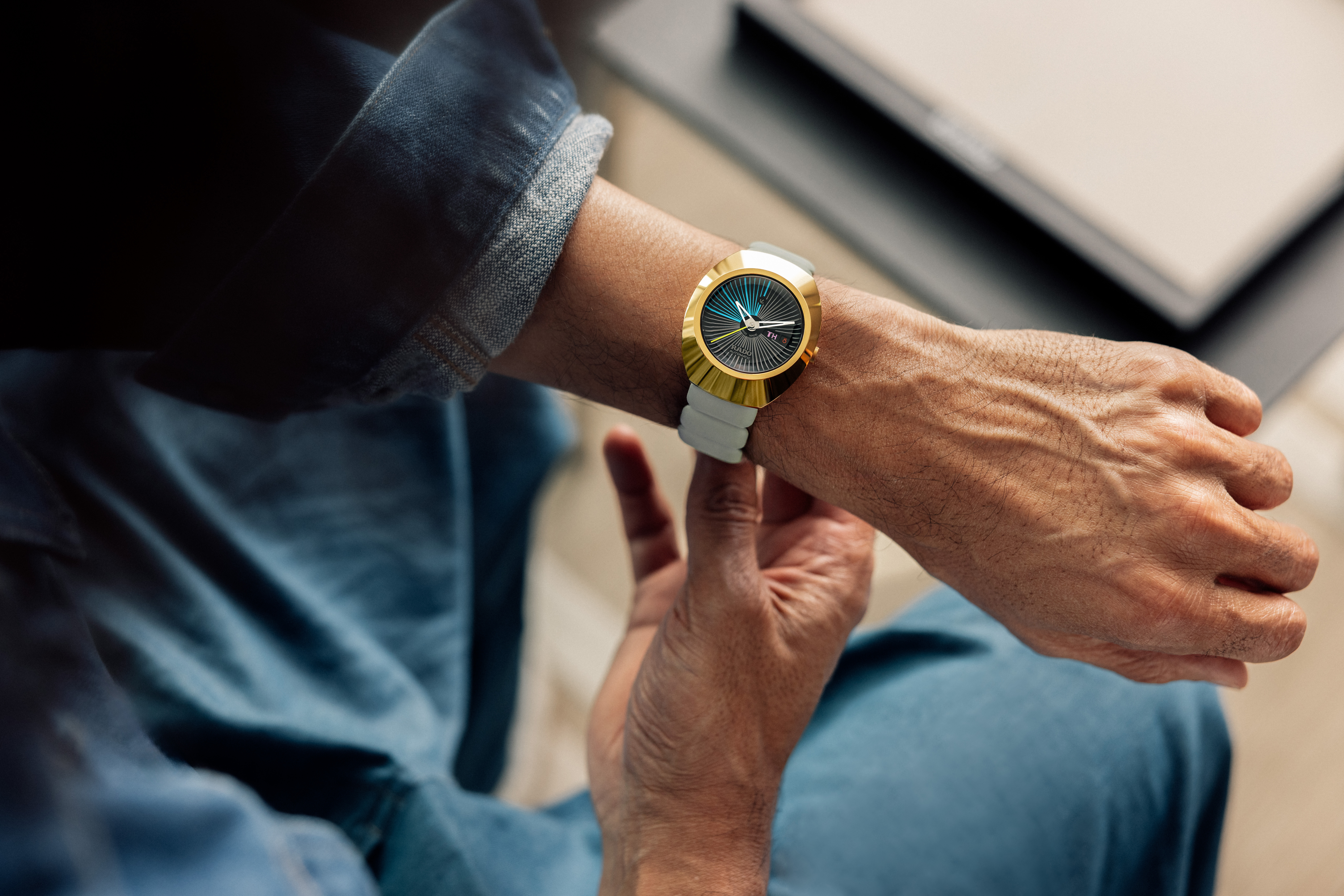 'I wanted to create an object that invited you to interact': Tej Chauhan on his Rado watch design
'I wanted to create an object that invited you to interact': Tej Chauhan on his Rado watch designDiastar Original which Rado first released in 1962 has become synonymous with elegant comfort and effortless display of taste. Tej Chauhan reconsiders its signature silhouette and texture on the intersection of innovation and heritage
-
 High in the Giant Mountains, this new chalet by edit! architects is perfect for snowy sojourns
High in the Giant Mountains, this new chalet by edit! architects is perfect for snowy sojournsIn the Czech Republic, Na Kukačkách is an elegant upgrade of the region's traditional chalet typology
-
 Solange and St Heron celebrate finalists of International Woolmark Prize 2021
Solange and St Heron celebrate finalists of International Woolmark Prize 2021Solange Knowles and her creative agency make a film, Passage, showcasing the fashion designs of the six finalists of the International Woolmark Prize 2021 – the winner of which will be announced on 10 June 2021
-
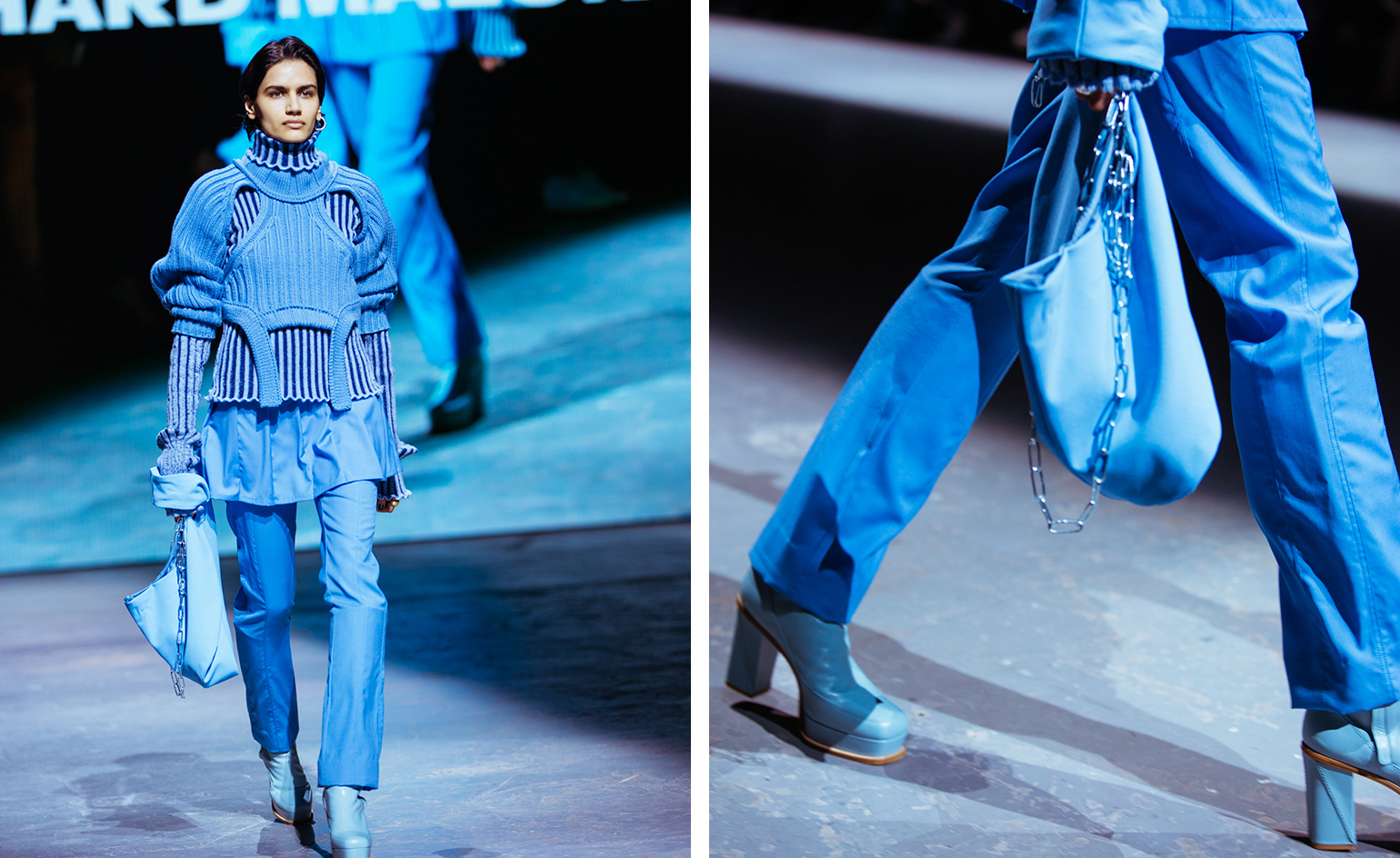 Richard Malone wins International Woolmark Prize 2020
Richard Malone wins International Woolmark Prize 2020The International Woolmark Prize has announced the winner of its 2020 edition. Celebrating designers working with Merino wool, the award asks fashion talents to outline their commitment to sustainable practices
-
 Edward Crutchley and Colovos scoop International Woolmark Prize 2019
Edward Crutchley and Colovos scoop International Woolmark Prize 2019 -
 Matthew Miller, Bodice and DYNE win the International Woolmark Prize 2018
Matthew Miller, Bodice and DYNE win the International Woolmark Prize 2018 -
 Take it slow: LA trainer brand No One on setting its own pace
Take it slow: LA trainer brand No One on setting its own pace -
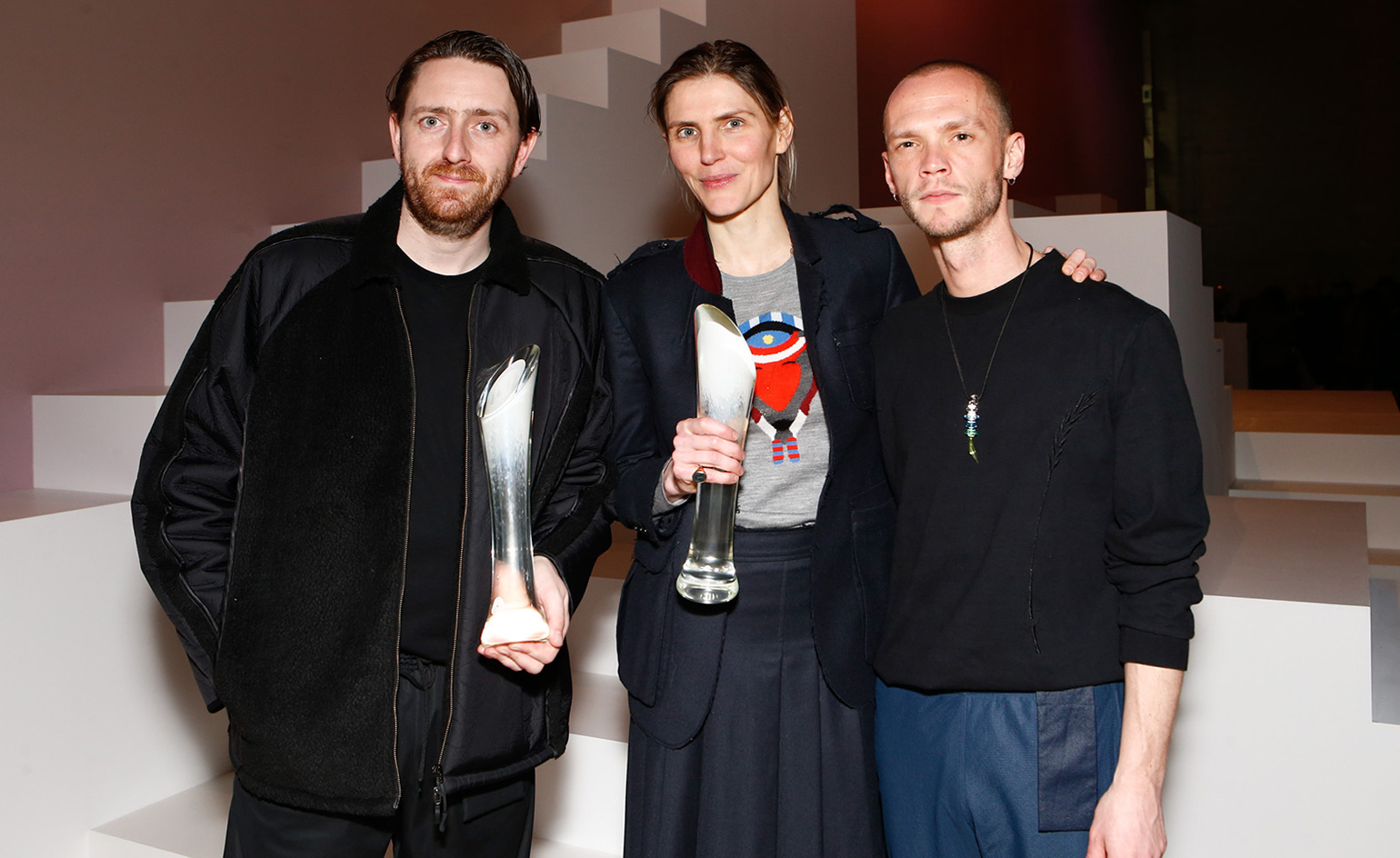 Wool’s worth: Gabriela Hearst and Cottweiler awarded the 2017 Woolmark Prize
Wool’s worth: Gabriela Hearst and Cottweiler awarded the 2017 Woolmark Prize -
 Christian Wijnants wins the 2013 International Woolmark Prize, London
Christian Wijnants wins the 2013 International Woolmark Prize, London